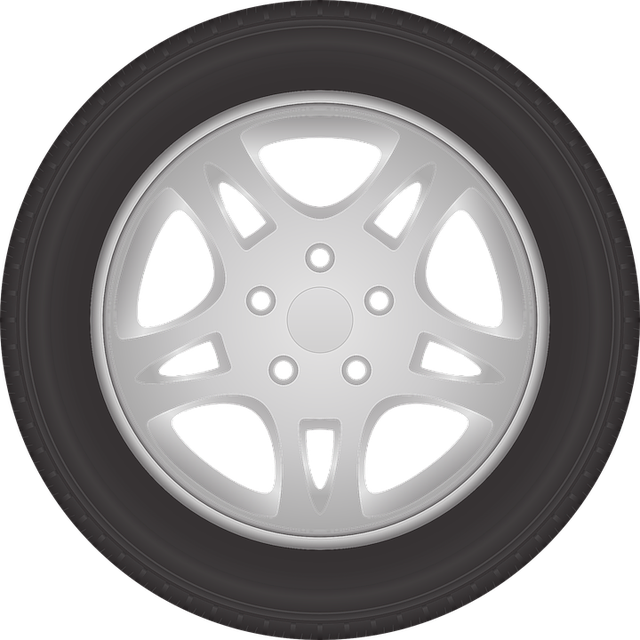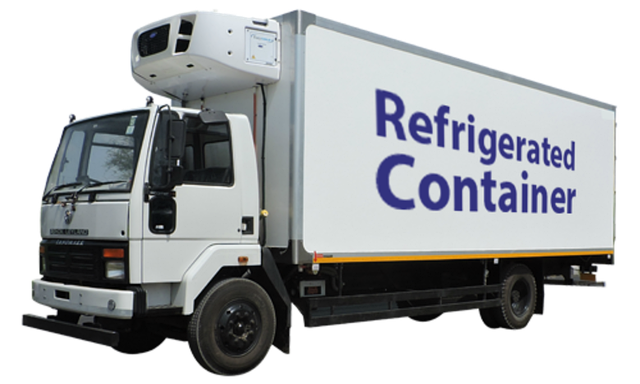Registering a car in California is a straightforward process, but understanding the requirements is key. This guide will walk you through the steps, from gathering essential documents to verifying your Vehicle Identification Number (VIN) using reliable tools like VIN verifiers. You’ll learn about the convenience of online registration or the traditional in-person approach. Ensure compliance, pay fees, and get your license plate—it’s easier than you think!
- Understand California Car Registration Requirements
- Gather Necessary Documents for Car Registration
- Verify Vehicle Identification Number (VIN) Accuracy
- Choose a Registration Method: Online or In-Person
- Pay Car Registration Fees and Receive Your License Plate
Understand California Car Registration Requirements

Before registering your car in California, it’s crucial to understand the state’s specific requirements. One key step is ensuring your vehicle’s Vehicle Identification Number (VIN) is verified and accurate. This process involves a thorough inspection of your car’s VIN, which can be done with a reliable mobile vin verifier or mobile vin inspection service. These services allow you to check the VIN against state records, confirming its authenticity and ensuring it matches the vehicle’s make, model, and year.
In California, all vehicles must pass an emission test and safety inspection as part of the registration process. Additionally, you’ll need to have insurance and proof of ownership readily available. By leveraging vin inspection tools, you can streamline this initial verification step, making your car registration experience more efficient and stress-free.
Gather Necessary Documents for Car Registration

Before you begin the registration process, make sure you have all the required documents ready. One crucial piece is the Vehicle Identification Number (VIN) – a unique code that identifies your car’s make, model, and year. You can easily verify this number using a mobile vin inspection or mobile vin verifier app, ensuring its accuracy is vital for a smooth registration. Additionally, gather your driver’s license, proof of insurance, and the title to the vehicle (if applicable).
Don’t forget important documents like registration fees, which vary based on your vehicle type. For classic cars or those with modified engines, further documentation might be needed. Having these in order will save you time at the California Department of Motor Vehicles (DMV) office, as they streamline the registration process and help avoid any potential delays.
Verify Vehicle Identification Number (VIN) Accuracy

Before you begin the registration process, it’s crucial to ensure your Vehicle Identification Number (VIN) is accurate. This unique 17-character code is a vital component in identifying your vehicle and is essential for various procedures, including registration and insurance claims. A simple yet effective step is to use a mobile VIN verifier or conduct a VIN inspection yourself. These tools allow you to cross-reference the provided VIN with reliable databases, confirming its authenticity and ensuring it matches the make, model, and year of your car.
Accurate VIN information is critical to avoid any issues during registration. A mobile VIN inspection or verification service can be a convenient and efficient way to double-check this detail. This step will save you time and potential headaches later in the registration process.
Choose a Registration Method: Online or In-Person

When registering your car in California, you have two primary options for submitting your application: online or in-person. Both methods accept a Vehicle Identification Number (VIN) verifier to ensure the vehicle’s authenticity. For those seeking convenience and time-saving measures, opting for an online registration is ideal. The process involves inputting your vehicle details and documents digitally, with some departments even offering a mobile VIN verifier for on-the-go inspections. Alternatively, visiting a California Department of Motor Vehicles (DMV) office remains a traditional yet efficient approach. Here, you or an authorized representative can complete the registration in person, accompanied by necessary paperwork and, if required, a mobile VIN inspection for added verification.
Pay Car Registration Fees and Receive Your License Plate

After verifying your vehicle’s identity with a VIN verifier or through an official DMV process, such as a mobile VIN inspection, the next step is to pay the registration fees. These fees vary depending on several factors, including your vehicle’s type and age. You can typically pay online, by phone, or in person at a California DMV office. Once you’ve completed this payment, you’ll be issued official license plates for your car.
Before receiving your license plates, ensure that all necessary paperwork is in order. This includes proof of ownership, identification, and any additional documents required by the DMV. With these steps taken care of, you can finally affix your new license plates to your vehicle, making it legally registered and ready to hit the California roads.
Registering a car in California is a straightforward process that requires understanding key requirements, gathering essential documents, and selecting an appropriate registration method. By verifying your Vehicle Identification Number (VIN) accuracy using a reliable VIN verifier, ensuring all paperwork is in order, and completing the payment process, you’ll have your new California license plates promptly. Remember to keep your registration up-to-date for smooth, legal driving year-round.



